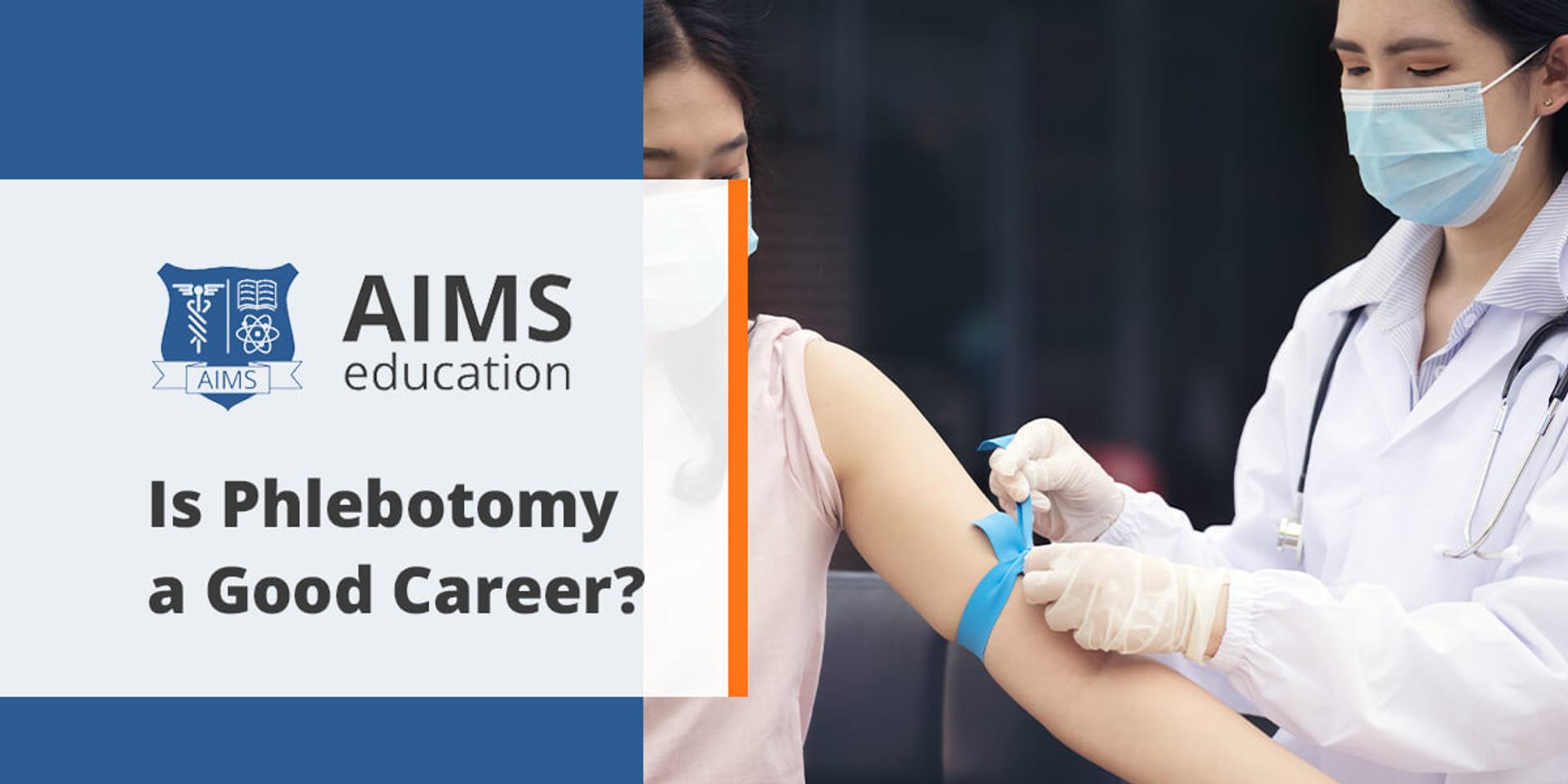The Best Strategy To Use For Northeast Medical Institute - New Haven Campus Phlebotomy Course & Cna Class
The Best Strategy To Use For Northeast Medical Institute - New Haven Campus Phlebotomy Course & Cna Class
Blog Article
The 7-Second Trick For Northeast Medical Institute - New Haven Campus Phlebotomy Course & Cna Class
Table of ContentsNortheast Medical Institute - New Haven Campus Phlebotomy Course & Cna Class Fundamentals ExplainedNortheast Medical Institute - New Haven Campus Phlebotomy Course & Cna Class - TruthsNot known Incorrect Statements About Northeast Medical Institute - New Haven Campus Phlebotomy Course & Cna Class The Ultimate Guide To Northeast Medical Institute - New Haven Campus Phlebotomy Course & Cna ClassThe 3-Minute Rule for Northeast Medical Institute - New Haven Campus Phlebotomy Course & Cna ClassThe Best Strategy To Use For Northeast Medical Institute - New Haven Campus Phlebotomy Course & Cna Class
Nevertheless, using such devices should be gone along with by other infection avoidance and control methods, and training in their usage. Not all security tools apply to phlebotomy. Before choosing a safety-engineered gadget, customers must extensively examine offered gadgets to identify their proper usage, compatibility with existing phlebotomy techniques, and effectiveness in safeguarding personnel and individuals (12, 33).For setups with low resources, cost is a driving variable in procurement of safety-engineered tools. Where safety-engineered gadgets are not offered, skilled use of a needle and syringe is appropriate.
In the blood-sampling area for an outpatient division or facility, offer a comfortable reclining sofa with an arm rest.
Some Known Details About Northeast Medical Institute - New Haven Campus Phlebotomy Course & Cna Class
Make certain that the indicators for blood sampling are clearly defined, either in a written method or in recorded directions (e.g. in a laboratory type). In all times, follow the methods for infection prevention and control noted in Table 2.2. Infection prevention and control techniques. Accumulate all the devices required for the treatment and place it within risk-free and very easy reach on a tray or cart, making sure that all the things are clearly visible.
Where the client is grown-up and aware, adhere to the steps detailed below. Introduce on your own to the patient, and ask the person to state their full name. Check that the research laboratory form matches the patient's identification (i.e. match the client's details with the research laboratory form, to ensure precise recognition). Ask whether the license has allergies, phobias or has ever passed out throughout previous injections or blood draws.
Make the patient comfortable in a supine position (ideally). Place a clean paper or towel under the client's arm. Go over the examination to be performed (see Annex F) and acquire spoken approval. The patient has a right to reject an examination any time before the blood sampling, so it is essential to make sure that the client has actually recognized the procedure.
The 2-Minute Rule for Northeast Medical Institute - New Haven Campus Phlebotomy Course & Cna Class
Extend the person's arm and evaluate the antecubital fossa or forearm. Find a vein of an excellent size that shows up, straight and clear. The layout in Area 2.3, reveals common positions of the vessels, yet lots of variants are feasible. The typical cubital capillary lies in between muscular tissues and is generally the most easy to puncture.
DO NOT put the needle where capillaries are diverting, since this boosts the possibility of a haematoma. Situating the capillary will certainly assist in identifying the appropriate size of needle.
Haemolysis, contamination and visibility of intravenous liquid and medication can all alter the outcomes (39. Nursing team and medical click site professionals may access central venous lines for samplings adhering to procedures. However, specimens from central lines lug a risk of contamination or wrong laboratory test outcomes (https://northeastmedicalinstitute.godaddysites.com/f/northeast-medical-institute---new-haven-campus-your-gateway-to-a). It serves, however not optimal, to attract blood specimens when very first presenting an in-dwelling venous gadget, prior to linking the cannula to the intravenous fluids.
Some Known Details About Northeast Medical Institute - New Haven Campus Phlebotomy Course & Cna Class
Failure to allow sufficient call time increases the threat of contamination. DO NOT touch the cleansed website; in certain, DO NOT put a finger over the blood vessel to direct the shaft of the subjected needle.
Ask the individual to create a fist so the veins are much more prominent. Go into the blood vessel promptly at a 30 degree angle or much less, and remain to introduce the needle along the vein at the simplest angle of entry - CNA Courses. Once adequate blood has been collected, release the tourniquet BEFORE taking out the needle
5 Easy Facts About Northeast Medical Institute - New Haven Campus Phlebotomy Course & Cna Class Explained
Take out the needle carefully and use mild pressure to the website with a clean gauze or completely dry cotton-wool ball. Ask the client to hold the gauze or cotton woollen in position, with the arm extended and elevated. Ask the client NOT to bend the arm, since doing so triggers a haematoma.

Not known Incorrect Statements About Northeast Medical Institute - New Haven Campus Phlebotomy Course & Cna Class
Where possible, keep the tubes in a shelf and relocate the shelf towards you - https://www.figma.com/design/cJDpUQ2ilW2tnH9YmVZonn/Untitled?node-id=0-1&t=PhtFXnTShXKglZRf-1. If the example tube does not have a rubber stopper, inject incredibly gradually into the tube as reducing the pressure and rate made use of to transfer the sampling decreases the danger of haemolysis.

Report this page